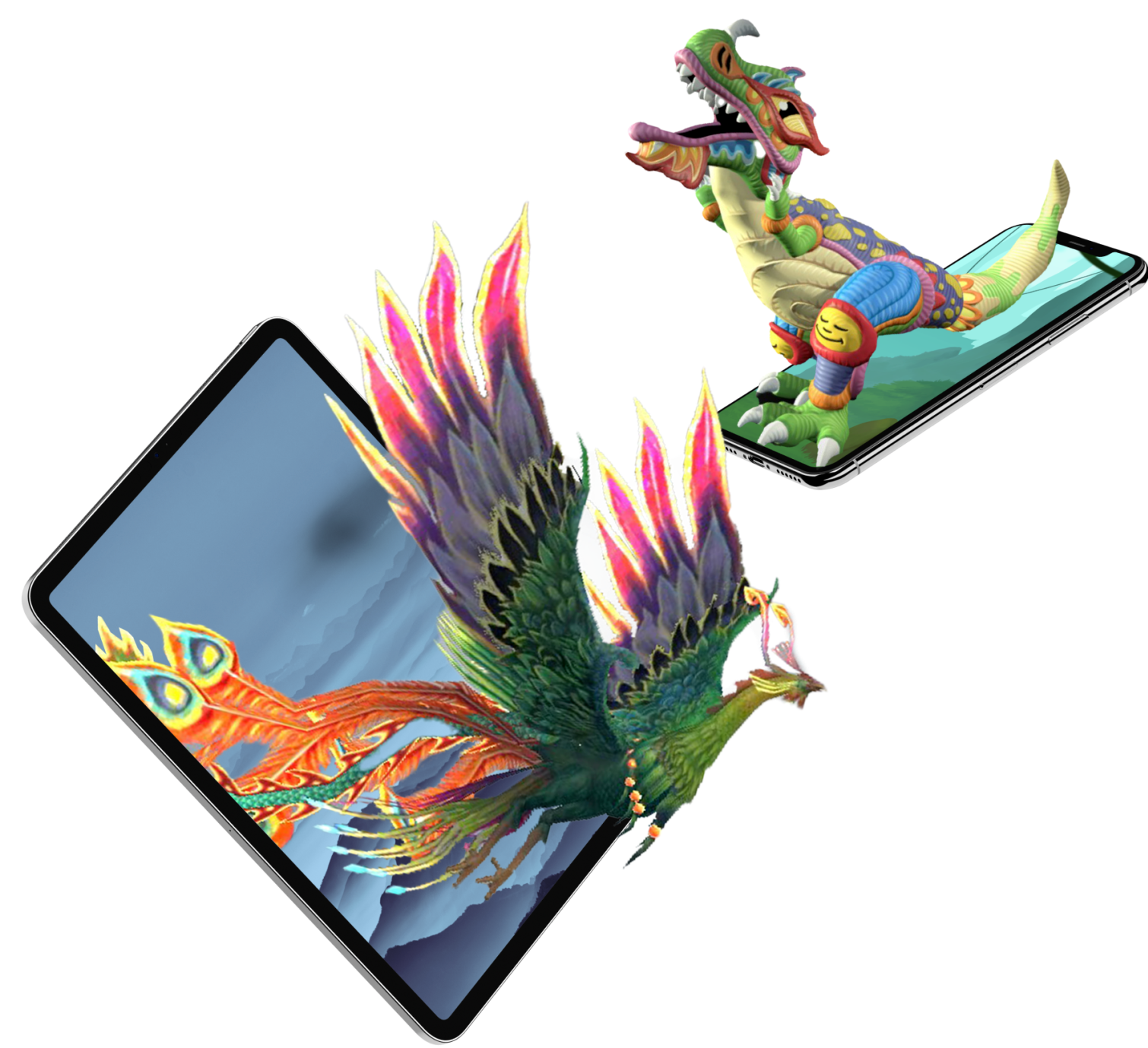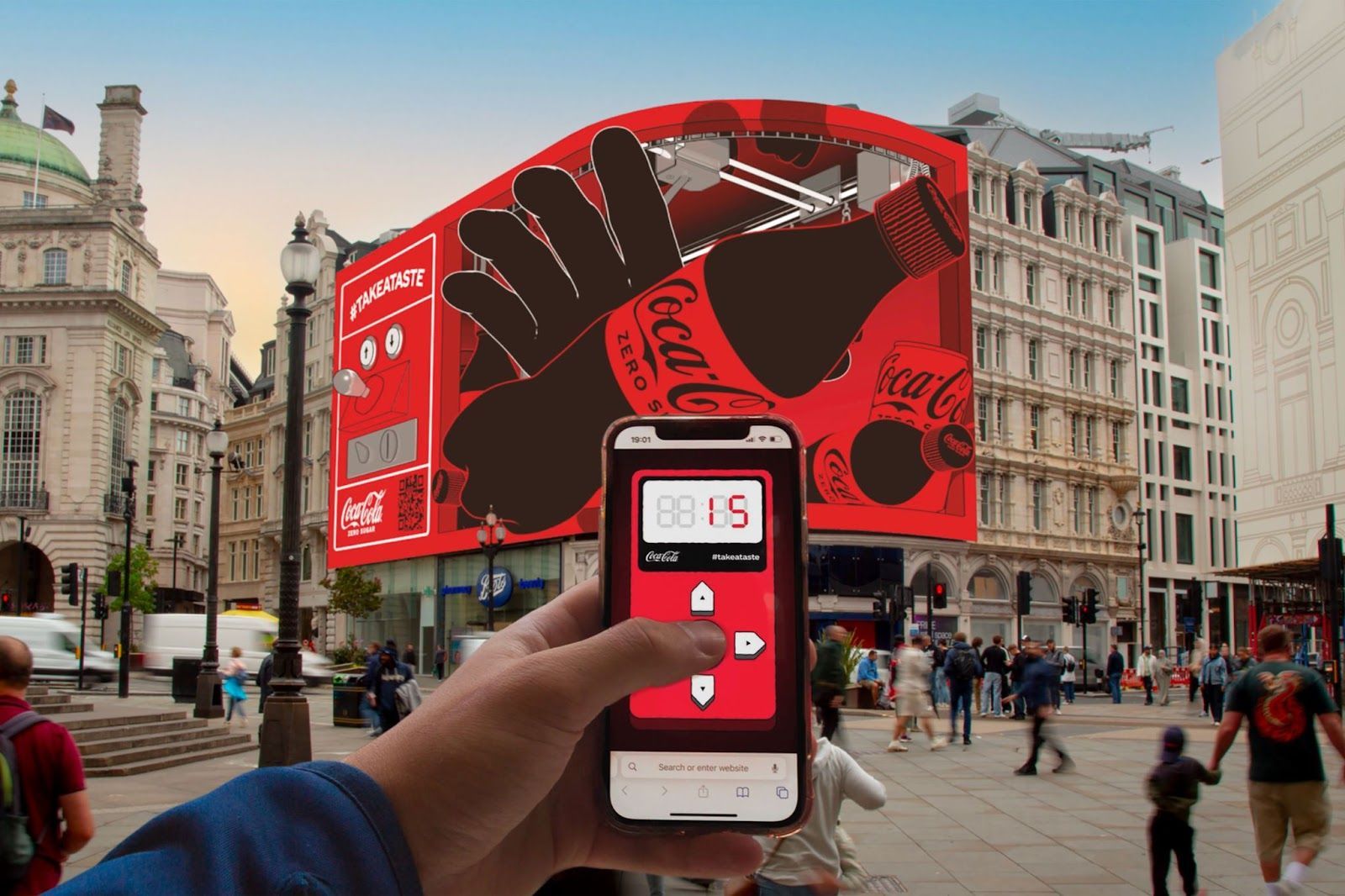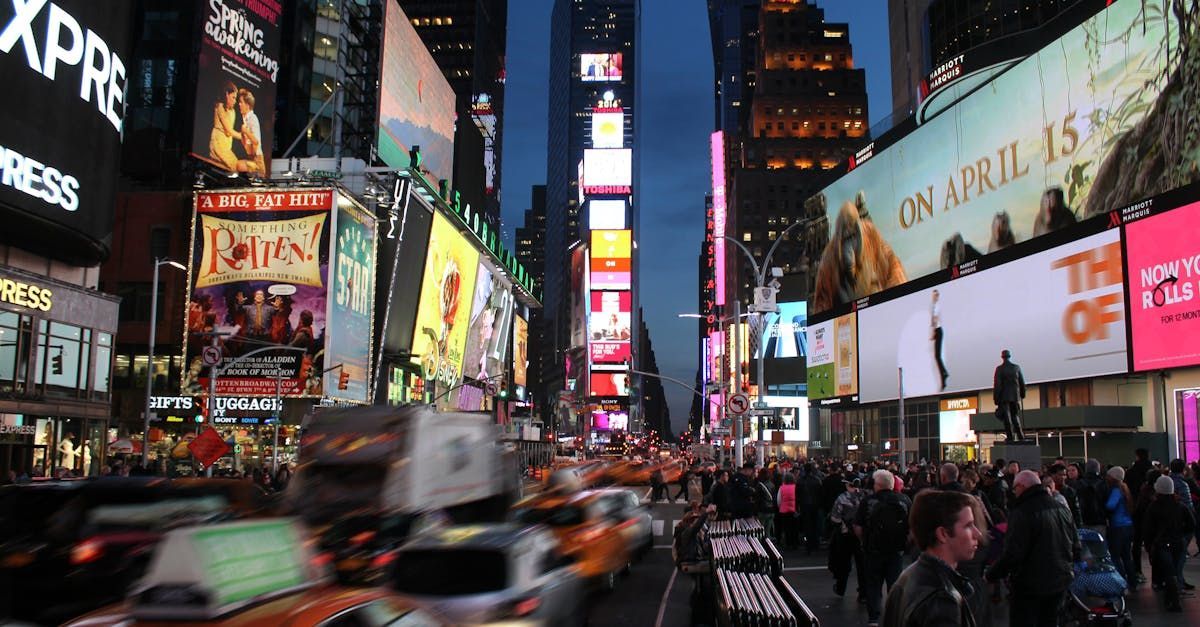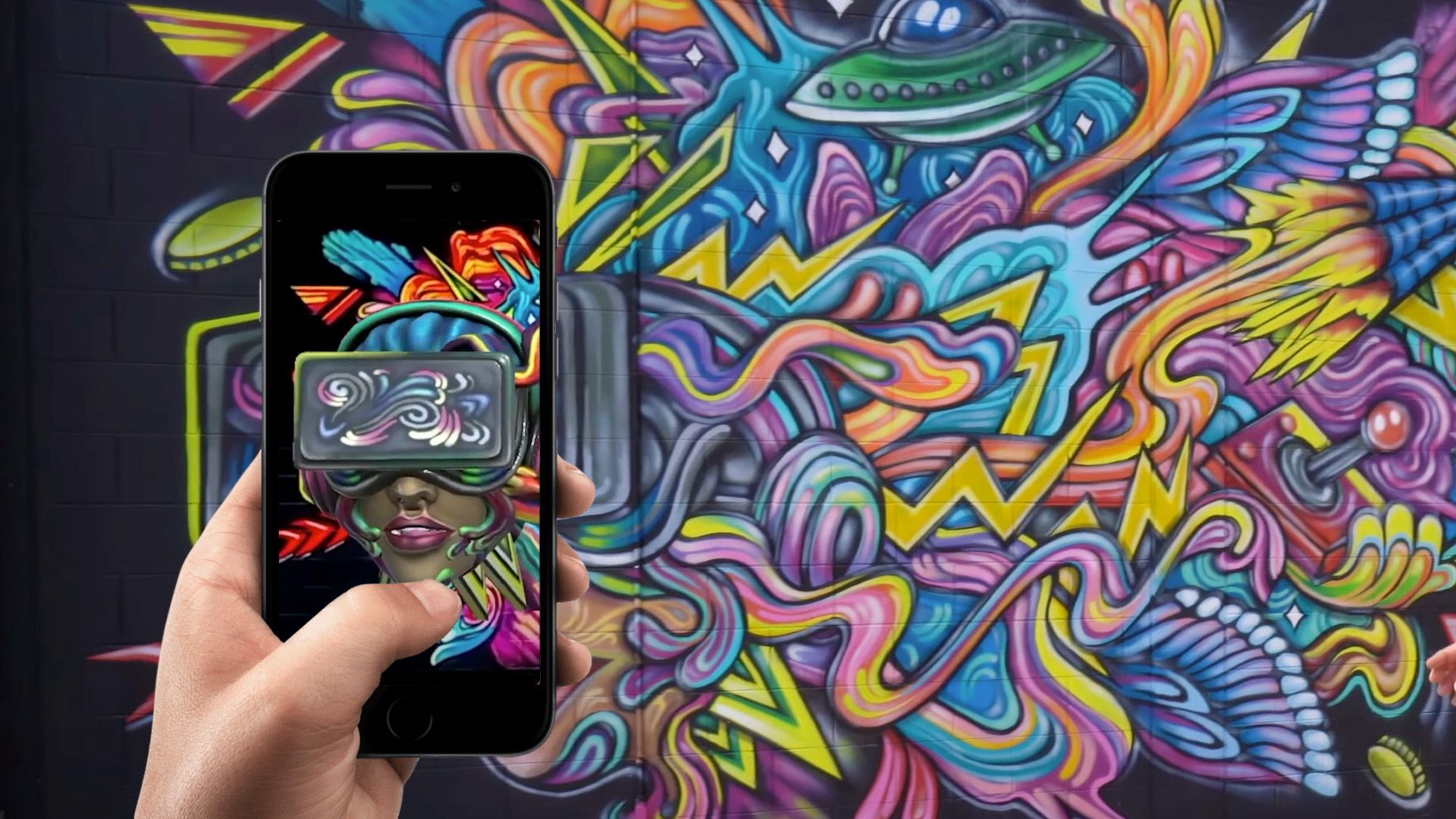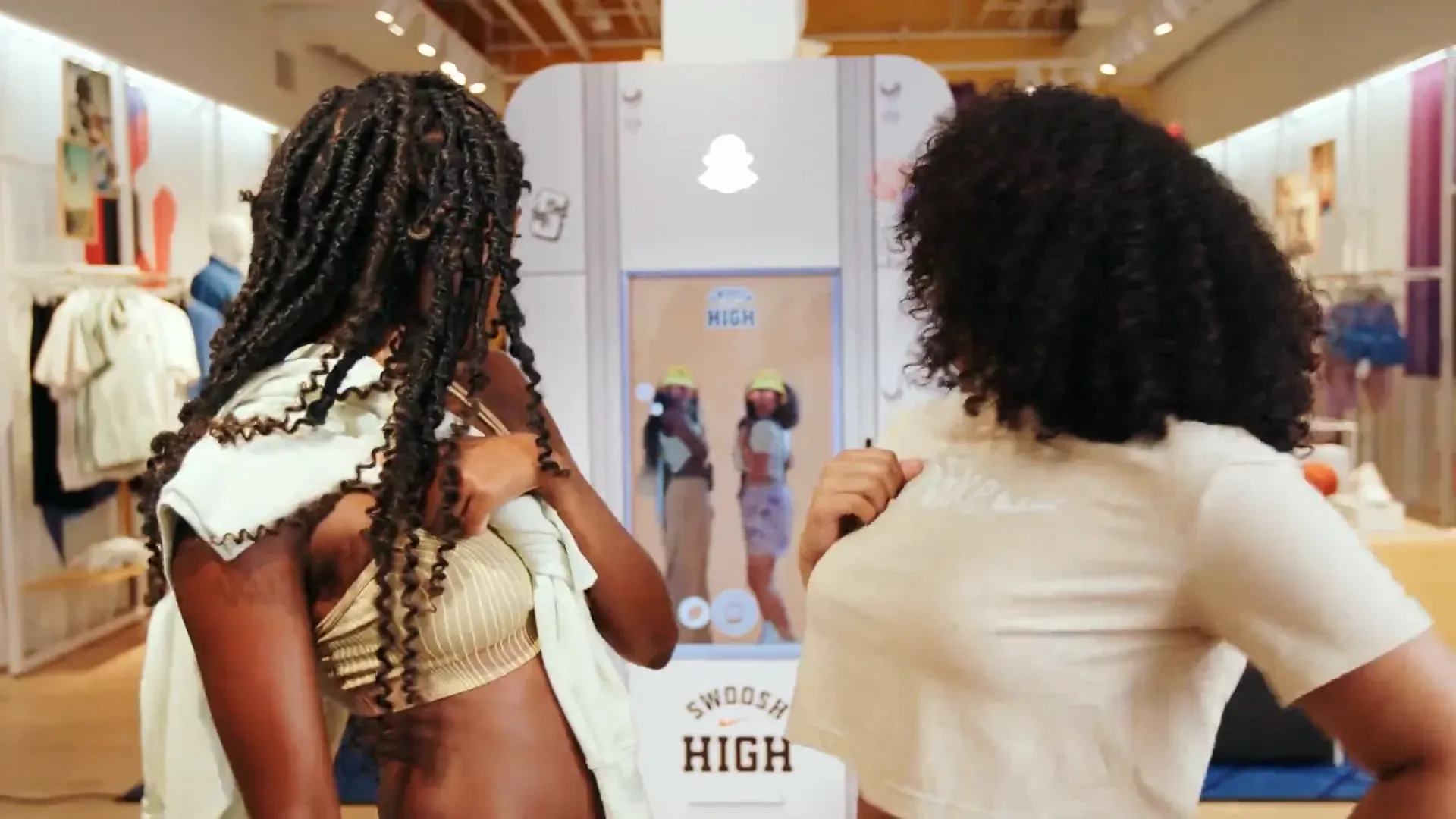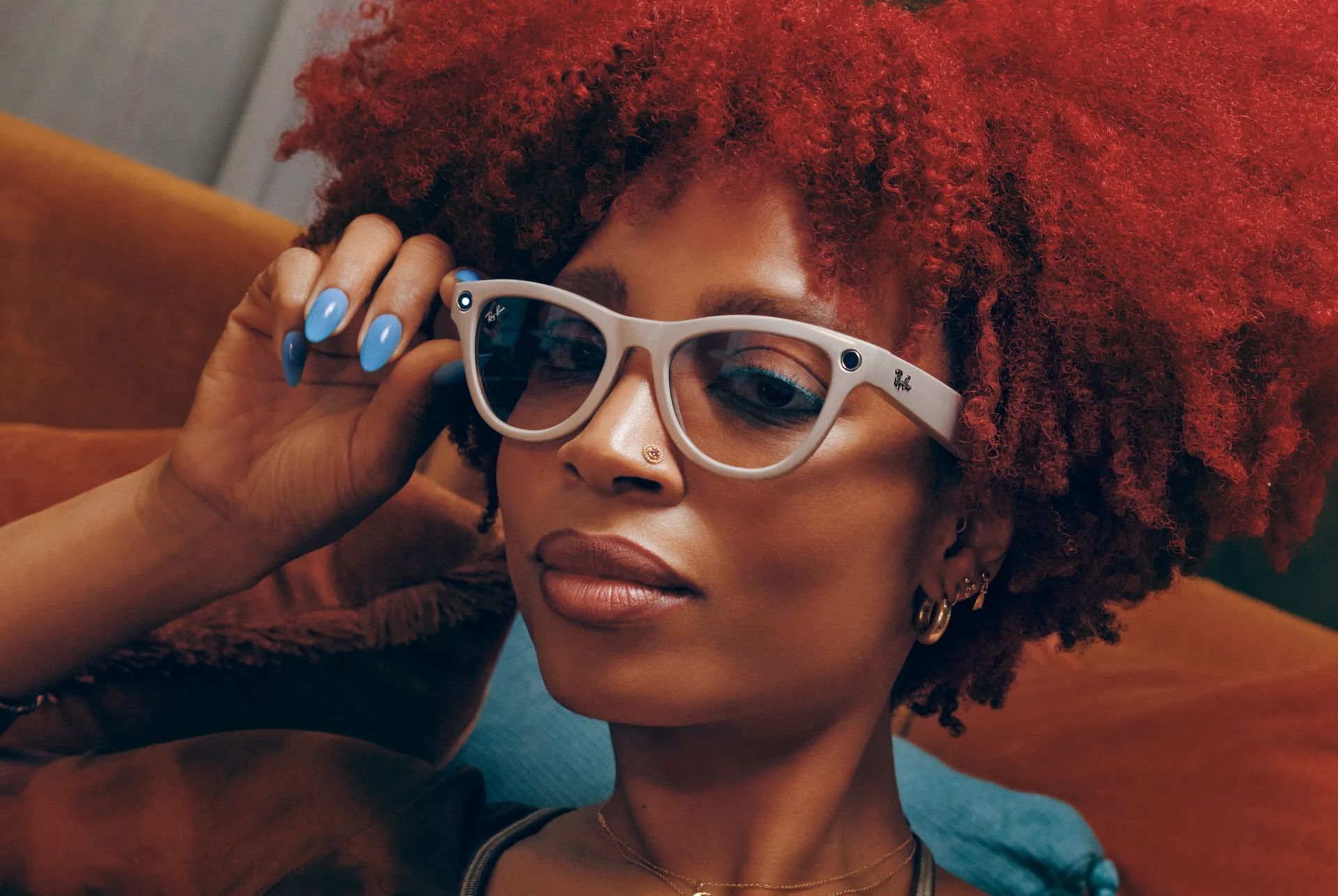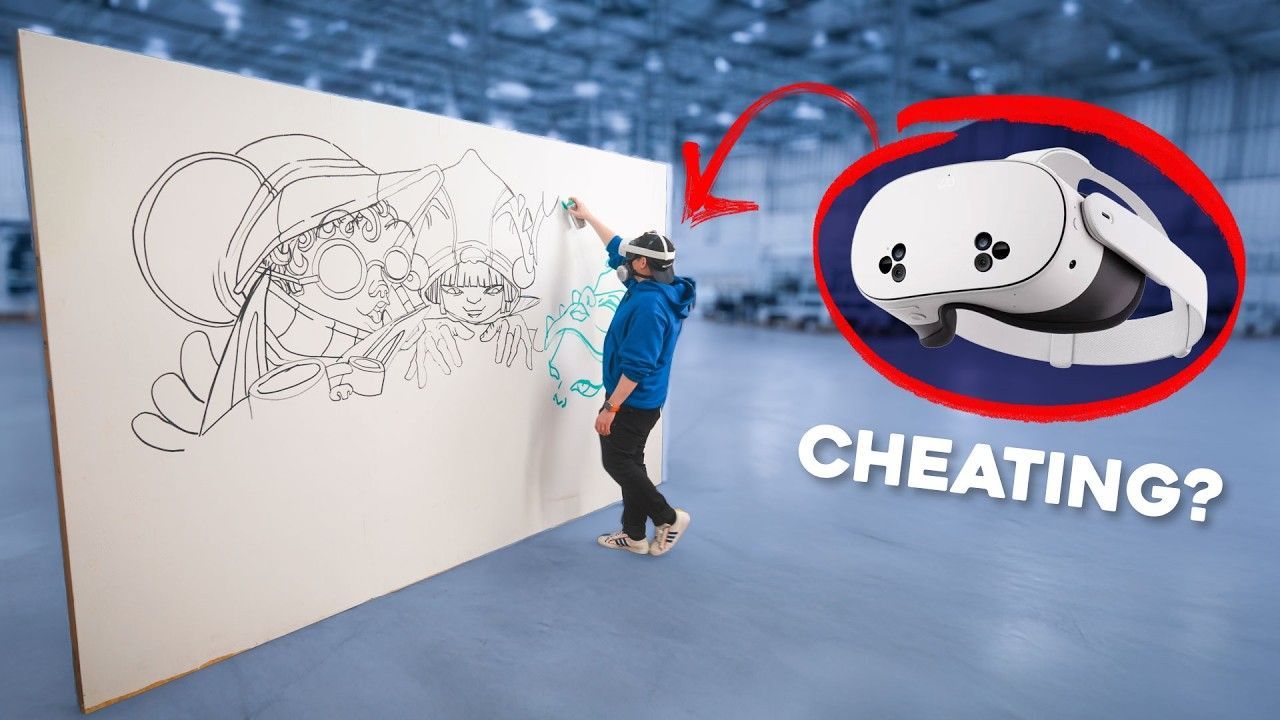How Augmented Reality at Events Can Transform Customer Engagement
In today's fast-paced digital landscape, businesses and event organizers constantly seek innovative ways to capture and retain customer attention. Augmented Reality (AR) has emerged as a powerful tool to revolutionize how brands engage with their audiences, providing immersive and interactive experiences that transcend traditional marketing methods. From major events like Coachella, EDC Vegas, CES, and SXSW to conferences, trade shows, and music festivals, AR technology offers limitless potential to transform customer engagement.
The Power of AR in Major Events
Events like Coachella and EDC Vegas have set the stage for experiential marketing, where AR can enhance the festival-goer experience. Imagine walking through a festival ground, interacting with digital art installations, or finding hidden virtual treasures that unlock special rewards. This creates a memorable experience and encourages attendees to share their experiences on social media platforms, amplifying the event's reach.
Similarly, at CES and SXSW, where technology and creativity converge, AR can be used to demonstrate products more engagingly. Interactive product demonstrations using AR can overlay digital content on physical products, allowing potential customers to see and experience features that would be impossible to convey through traditional displays.
Enhancing Conferences and Trade Shows
Conferences and trade shows are prime venues for AR innovation. Brands can create interactive experiences that give attendees a deeper understanding of their products and services. For instance, AR can visualize complex anatomical structures at a medical conference, offering healthcare professionals an interactive way to learn about new medical devices.
Trade shows can benefit from AR by transforming static booths into dynamic spaces. Interactive product demonstrations can engage visitors, providing them hands-on experiences highlighting product benefits in real time. This not only captures attention but also enhances customer understanding and retention.
Transforming Music Festivals and Concerts
Music festivals and concerts can leverage AR to create unique fan experiences. AR can animate stages, overlaying digital effects synchronizing with the music. This creates a visually stunning experience that captivates audiences and makes the event unforgettable.
AR can bring fans closer to their favorite players through interactive experiences during the NBA All-Star Weekend. For example, fans could use an AR app to take virtual photos with life-sized 3D avatars of their favorite players or participate in interactive games that simulate real-time sports actions.
Creating Memorable Product Launches
Product launches are critical for brands, and AR can elevate these events. By overlaying digital content on physical products, brands can provide an interactive and immersive demonstration of new features. This approach can make a significant impact, as potential customers can see and experience the product in a more engaging way than a traditional presentation.
For example, a tech company launching a new smartphone could use AR to demonstrate the phone's features by allowing attendees to interact with a digital version of the device. This creates excitement and provides a hands-on experience that can drive purchase decisions.
Enhancing Customer Engagement Through AR Technology
AR technology offers several key benefits for enhancing customer engagement:
- Immersive Experiences: AR creates immersive experiences that capture customer attention and keep them engaged longer.
- Interactive Product Demonstrations: By allowing customers to interact with products virtually, AR helps them understand the features and benefits more effectively.
- Memorable Experiences: AR creates memorable experiences that customers are likely to share on social media, extending the reach of the event or product launch.
- Real-Time Engagement: AR provides real-time engagement opportunities, allowing brands to interact with customers meaningfully.
- Data Insights: AR applications can provide valuable data insights on customer interactions, helping brands refine their strategies.
Integrating AR into Social Media Platforms
Social media platforms are a natural fit for AR experiences. Brands can create AR filters and lenses that users can share, increasing brand visibility and engagement. Platforms like Snapchat, Instagram, and TikTok have already integrated AR features, allowing users to interact creatively with branded content.
For example, a fashion brand could create an AR filter that allows users to try on virtual outfits. This engages users and provides valuable insights into customer preferences and trends.
Bringing AR into the Real World Environment
AR technology is not limited to large-scale events but can enhance everyday customer interactions. Retailers can use AR to create interactive shopping experiences where customers can visualize products in their living rooms before purchasing. This enhances the shopping experience and reduces the likelihood of returns.
Real estate companies can use AR to provide virtual tours of properties, allowing potential buyers to explore homes from the comfort of their own space. This not only saves time but also helps buyers make more informed decisions.
Overcoming Challenges in AR Adoption
Despite its potential, AR adoption comes with challenges that need to be addressed:
- Technical Skills Gap: Creating AR experiences requires specialized 3D modeling, animation, and software development skills. Platforms like BrandXR offer no-code solutions that allow brands to create and publish AR content without extensive technical expertise.
- Cost: Developing custom AR experiences can be expensive. However, the return on investment can be significant, with increased engagement and higher conversion rates justifying the initial expenditure.
- User Accessibility: Ensuring that AR experiences are accessible to all users is crucial. This includes optimizing AR content for different devices and providing clear instructions on interacting with the content.
The Future of AR in Customer Engagement
As AR technology continues to evolve, its applications in customer engagement will expand. The convergence of AR with other emerging technologies like artificial intelligence, virtual reality, and blockchain will create new opportunities for brands to connect with their audiences innovatively.
For example, integrating AR and AI can create personalized shopping experiences where virtual assistants provide tailored product recommendations based on user preferences. Similarly, combining AR with blockchain can enhance the authenticity of digital assets, providing customers with verifiable proof of ownership for virtual goods.
In conclusion, augmented reality can transform customer engagement across various industries and event types. By creating immersive, interactive, and memorable experiences, brands can capture the attention of their audiences, drive engagement, and ultimately increase sales. As the technology continues to advance, the possibilities for AR in enhancing customer engagement are limitless, making it a vital tool for any forward-thinking brand.
TALK TO A PRO
We're here to bring your brand to life!
Stay Connected with BrandXR
Create Augmented Reality for Free!
Create, Publish, and Measure 3D Augmented Reality Experiences Without Having to Code.
